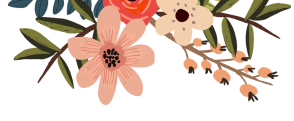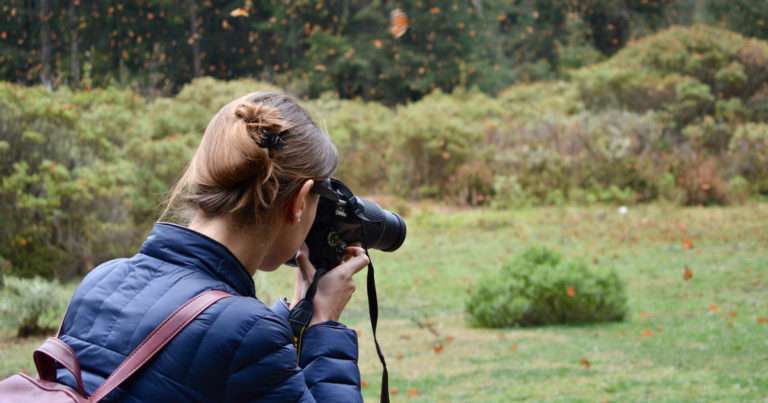
Application letters serve as a complementary writing that may accompany your resume. In simple words, its aim is to sell your skills or services you can offer. The main goal of such a letter is to catch the attention of the hiring manager or other person responsible for approving candidates for the interview.
Whether you are a college student or only plan to graduate, you may find it difficult to manage your responsibilities and education. Thinking about a back-up plan and who can write essay for me will be beneficial for you. Moreover, professional writers can help you write not only essays but also application letters and other types of writing.
So, what can you do to write a perfect application letter? Let's explore it in the following article.
What to include into the application letter?
In fact, there is no ideal content for the letter that will guarantee you an interview. You can include everything you think suits the position and company you are applying to. Consider that the reader should clearly understand why you are writing from the first sentence. Don't waste their time with unnecessary details, as typically, the recruiter skims over the letter content or reads only the first sentences to decide whether or not to read it completely.
How long should the letter be?
The letter should take up to one page or less than 500 words. Write the text first and then think about how you can improve it and cut information that doesn't make additional sense to the overall message. Aim to grab the reader's attention, clearly articulate why you fit the position, and ask for an interview.
Writing the letter
Application letter typically consists of a salutation, a paragraph about your education, a section about your professional experience, and a complimentary closing sentence.
Greeting
All formal emails and letters should begin with Dear Ms./Ms. Surname (Last name). Don't be rude; always write greetings, as it's part of email etiquette. If you doubt whether your recipient is male or female, we recommend writing the full name without any titles before it.
Opening
Begin the first sentence by expressing your interest in the position/company and explaining why you may fit. If you apply to a specific position, write the job title and write shortly how you have found the job opening. Also, you can describe your aspirations and objectives about your employment that you can fulfil in this specific company.
Tip. If you are not applying for a specific position in the company, suggest the job title you may fit the best. For example, if you have seen that the company you wish to work for has opened a new office in your town, writing a letter to their recruiting management department is a good idea.
Body of the letter
When you successfully grab the reader's attention with a catchy introduction, you must write about qualifications that describe your skills essential for the job. Read the job description once more and define the most critical requirements for the prospective candidate. Think about how you can present yourself in the best light possible. While detailed information can be found in your resume, an application letter allows you to focus on key skills and experiences with detail.
Tip. Select only those skills you are best at. Two-tree points will be enough to interest the reader.
Even if you are a student without employment experience, you can still emphasise your education and research. Let's imagine that a student without an employment background wishes to take the office manager position. How can they present their college experience in relation to the key qualities of an office manager?
- Time management skills. Here, you can refer to how you have successfully prioritized different assignments and combined your study with extracurricular activities. Point out that you are experienced in scheduling and are a professional user of Google Calendar (or other planners; define the accurate application title).
- Communication and organization skills. If you have experience leading a group of peers or out-of-the-class workshops, identify your experience and key responsibilities.
- Technological proficiency. Some of the programs and applications you regularly use at college may also be used in office management. Write down whether you have experience with applications like Trello, Asana, Google Documents, Evernote, etc. If the job description requires experience with applications you have never used, you can learn how to use them yourself.
- Closing. End the letter with a kind request for an interview and provide contact information for the reader. Leave your contact information with the preferable means of communication (email, phone number). Thank the reader for your attention to your letter and write about your hopes to be considered for the position.
Tips to keep in mind when writing an application letter
- Make sure to input your contact information (email and phone number). Check its correctness so the recipient can quickly contact you.
- If the text lacks clarity and organisation, the reader can move it to the trash bin. Your letter should have paragraphs for each idea.
- If you are writing application letters for various positions and companies, you need to tailor each text specifically to each one.
- Proofreading the text before sending it is one of the most important steps. Misspellings and grammatical errors will spoil your first impression before the possible employer.
- Carefully choose words to stick to a short message.
Try to create a tone of quiet self-confidence and avoid underestimating your skills. Don't use negative structure in sentences like "I don't know how to use Asana, but I'm a quick learner." The reader will more likely identify and remember your weaknesses instead of strengths.
Wrapping up: Writing a perfect application letter
Keep a positive tone, focus on your core skills, and write a letter for each job position you apply to. We hope our tips help you craft an effective application letter and get hired!
Further reading: 10 Strategies to return to work if you can't find a job.













